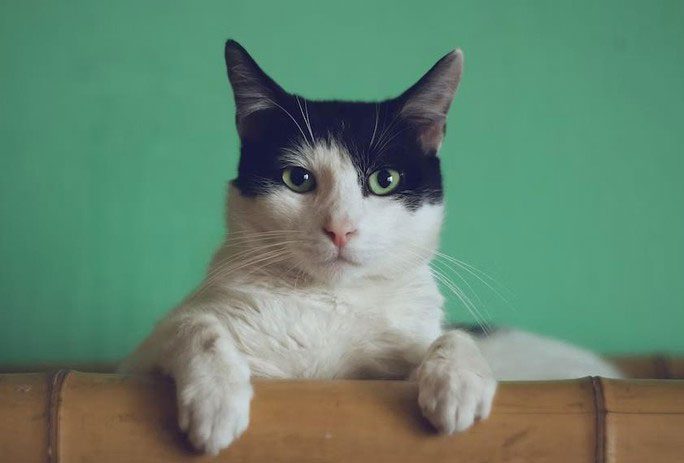According to a report received by Laborer Newspaper from the WHO on July 17 (Vietnam time), an unprecedented outbreak of H5N1 avian influenza in cats has been reported by Poland to the WHO since June 27.
As of July 11, a total of 46 cats and one captive hyena have been sampled for testing. Of these, 29 samples tested positive for H5N1, commonly referred to as highly pathogenic avian influenza.

This is the first time highly pathogenic avian influenza A/H5N1 has been detected in large numbers in cats across a wide geographical area of a country. Previously, this type of flu was rarely transmitted to mammals – (Illustrative image from the Internet).
A total of 25 out of 29 infected cats have died. The source of infection for the cats with the virus has not yet been identified, and epidemiological investigations are underway.
This is an extremely unusual outbreak. H5N1 influenza has previously been primarily observed in birds and wild fowl. Since the beginning of this year, the WHO has warned about the unusual “cross-species jump” of this virus, infecting several mammal species that had never been recorded to carry this pathogenic virus.
In the case of cats, there have been reports of a few isolated cases in previous years, but this is the first report concerning a large number of infected cats over a broad geographic area of an entire country.
As of July 12, no individuals who came into contact with cats infected with H5N1 have reported symptoms, and the monitoring period for all contacts has now been completed.
The WHO assesses the risk of transmission to humans after contact with infected cats at the national level as low for the general population.
The agency also warns of a low to moderate risk for cat owners and those with occupational exposure to H5N1-infected cats (such as veterinarians) who do not use appropriate personal protective measures.
The WHO continues to monitor the situation and collaborates closely with veterinary and public health sectors, regional agencies, the Food and Agriculture Organization of the United Nations (FAO), the World Organisation for Animal Health (WOAH), and other partner agencies in Poland.
The strain of H5N1 influenza virus affecting the aforementioned cats is the branch 2.3.4.5b, which has been circulating in Poland during previous outbreaks in wild birds.
The source of H5N1 infection in cats has not yet been identified. The WHO has proposed hypotheses including direct or indirect contact with infected birds/domestic fowl.
WHO Director-General Tedros Adhanom Ghebreyesus emphasized in a press conference in February 2023 the need to closely monitor the spread of highly pathogenic avian influenza A/H5N1 in the context of its unusual encroachment on various new host species.
Since the beginning of the year, Cambodia and the UK have also reported H5N1 influenza in humans, with both clusters (each cluster involving 2 people) resulting from animal transmission, with no human-to-human transmission detected. Notably, one patient in Cambodia has died despite receiving intensive treatment.
H5N1 influenza is a highly pathogenic type of influenza, and it is a dangerous pathogen that all member countries are required to report to the WHO even if only one case is detected. In Vietnam, H5N1 influenza is classified as a Group A infectious disease (the most dangerous). This is also one of the most concerning pathogens threatening the livestock industry worldwide, with a trend of spreading since late 2022. |




















































